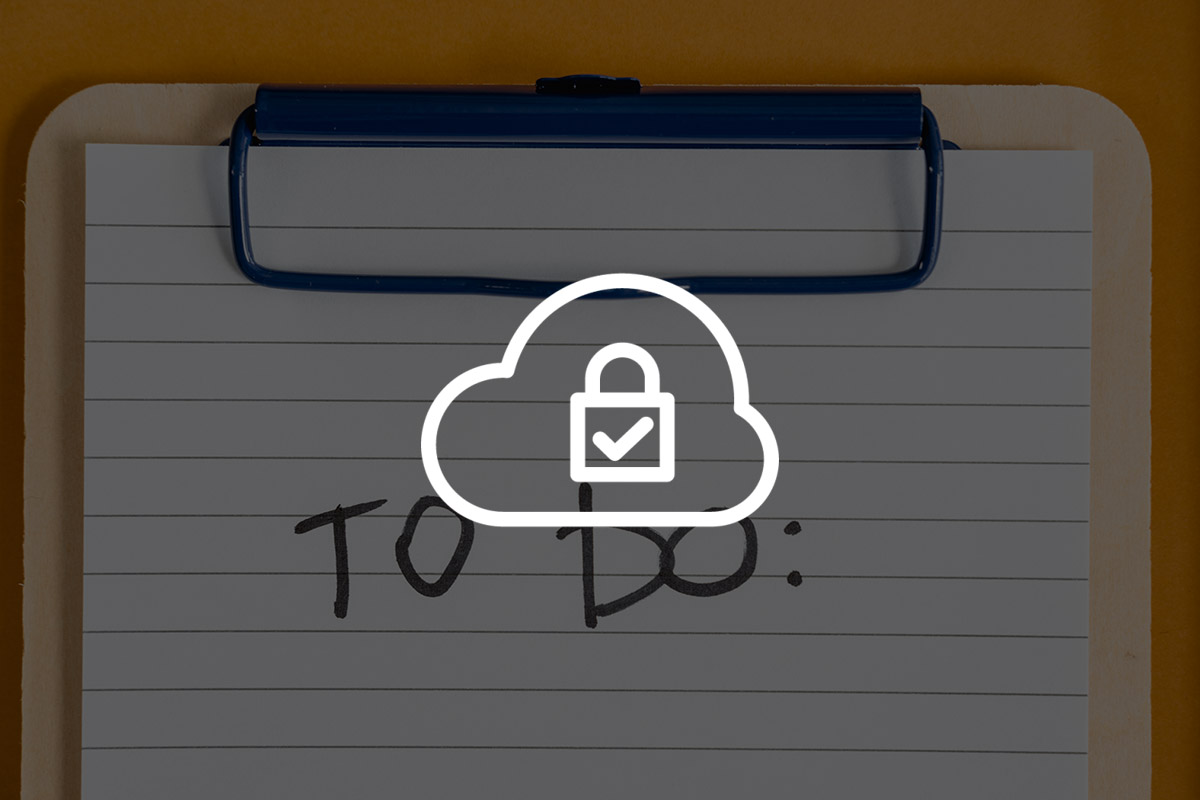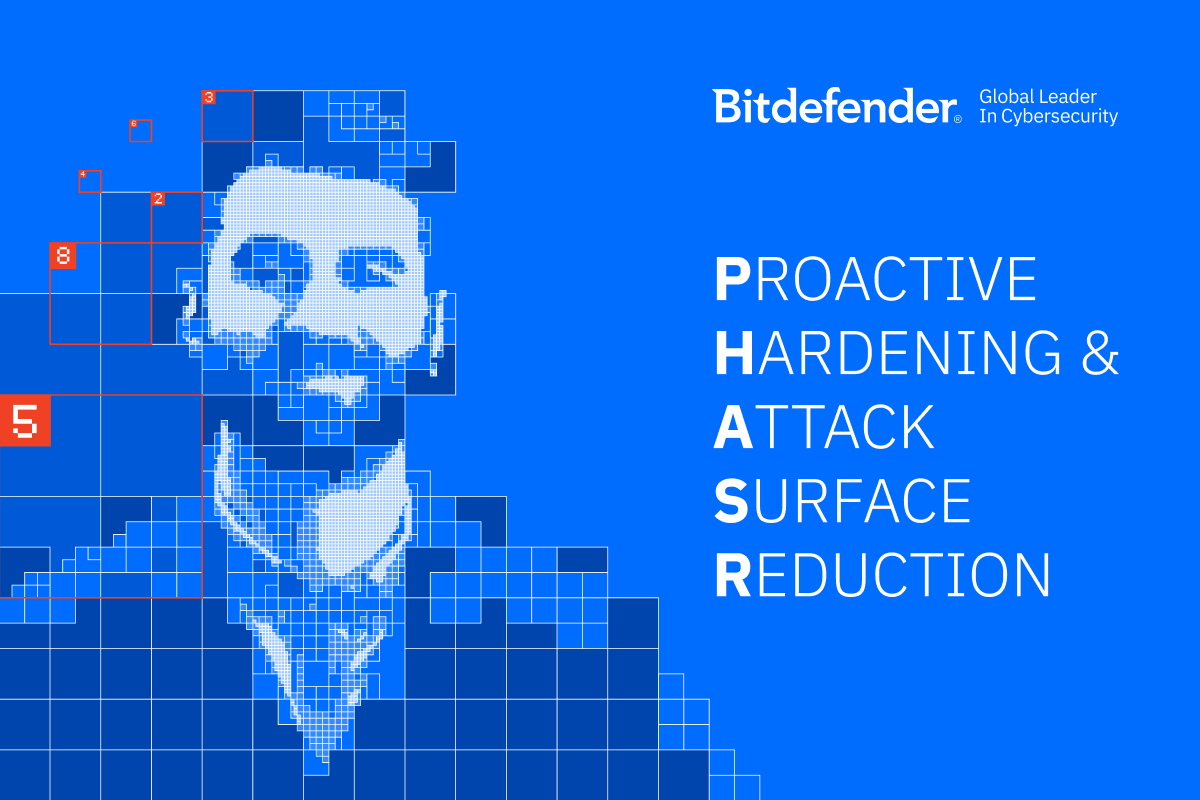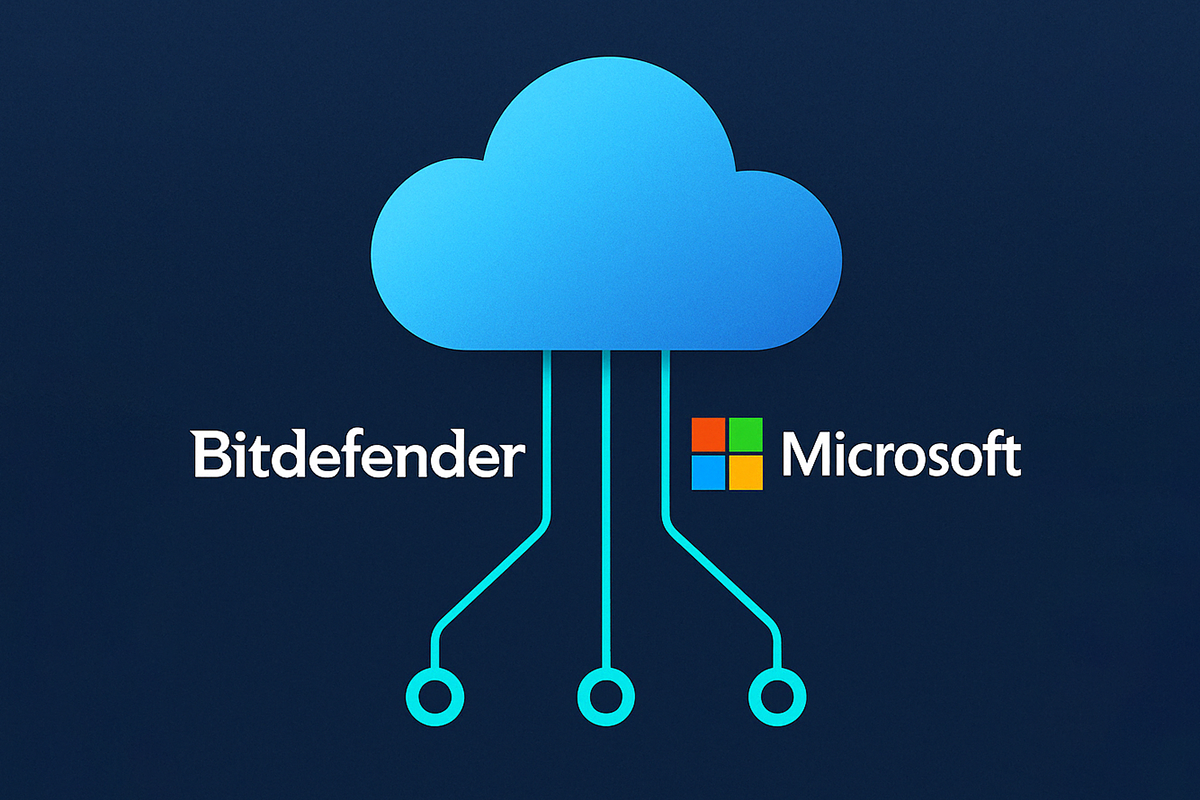Why Cloud Workload Security (CWS) Should Be Your 2022 Priority

The cloud is quickly becoming the most important battleground for organizations. Organizations are continuing their push into digitalization and are large cloud-first organizations. They’re using more cloud-based services, more cloud-based infrastructures, and more cloud-based third parties.
These efforts are to streamline work efforts across distributed and remote teams, ensuring data, servers, files, tools, and systems are accessible by the employees that need it. However, this tradeoff in speed and accessibility has created a new risk vector and malicious actors know this.
If you aren’t prioritizing cloud security via cloud workload security to protect your employees, your sensitive data, and your organization, you’re essentially a sitting duck.
The cloud is an increasingly prime target for hackers
Attacks against the cloud surged in 2020, totaling 3.1M in 2020 and making up 20% of all attacks. These new attacks have created a hostile environment of breaches, leaks, and exposures, leading to record number of data breaches in 2021.
Via experience and past success, malicious hackers know that targeting the cloud is likely to payoff because orgs aren’t devoting enough security to it. For many organizations, the cloud is still a prime target and it doesn’t look like enough companies are adapting accordingly.
Recent severe attacks show how cloud-based attacks can lead to disastrous consequences.
- The log4j zero-day vulnerability showed most of the world the risk involved with third-party infrastructure used by SaaS and cloud-based vendors.
- The Kaseya ransomware attack was delivered via a virtual system administrator software.
- SeniorAdvisor exposed the data of 3M people via a misconfigured AWS bucket.
The cloud is on the edge
Part of the risk involved with the increased use of cloud-based servers is that the cloud lives on the edge, making it (and organizations) more accessible to hackers. Unfortunately, it also allows less room for mistakes.
Because the cloud is on the edge, it means that an error or accidental misconfiguration could be disastrous for customer, employee, and internal data. Employees may think that databases or buckets are only internally accessible and won’t place any form of authentication behind them.
But many of these databases are available on the internet and malicious hackers are well aware of these kinds of mistakes and are looking for exposed databases. This can turn into a nightmare scenario where a simple error causes a huge data breach.
There are countless examples of misconfigured databases and configuration errors that have led to data breaches, leaks, and exposures.
Security boulevard published a list of major data breaches in 2021 that were the result of AWS misconfigurations and accidental exposures and it seems like every few months, a major supply chain or infrastructure provider accidentally leaks millions of sensitive records belonging to multiple enterprises and corporations.
Beyond accidental data breaches and misconfigurations, a failure to properly secure and configure your cloud-based infrastructure can expose you to the very real possibility that a malicious attacker reaches your network via one of these misconfigured databases. This can lead to an APT attack, ransomware, or worse.
If you’re not aware - properly securing and configuring your cloud-based databases and servers, whether Google Cloud, AWS, Azure, or otherwise, if your organization (and likely your) responsibility, not the database provider.
Cloud Workload Security should be a top priority
In order to properly prepare your organization and secure your workers who work with and across multiple cloud environments, Cloud Workload Security (CWS) should be one of your priorities in the new year.
CWS also known as cloud workload protection (or CWP) refers to securing the private and public clouds that make up the workload of your employees. Organizations should look to invest in cloud workload security platforms (or CWPP) that help employees work across on-premise and cloud environments in an integrated fashion, scale and grow with your organization with the addition of new cloud environments and servers, and give you visibility and monitoring capabilities so you can detect and respond to any potential security issues.
Organizations can depend on CWPP as providing more targeted protection, prevention, and monitoring capabilities compared to EPP which provide more on-prem services. As you look for CWPP solutions, key features include:
Microsegmentation - A more granular form of network segmentation which will help with monitoring, analysis, and protection capabilities
Wide OS support - Unlike other solutions that only work with a limited number of operating systems, Linux support is a must have for CWPPs
Native Cloud Integration - CWPPs should integrate where workloads reside, which means they should integrate within native cloud environments.
Multi asset and item support - CWPPs should support and protect Linux containers, containers within automated CI/DI DevSecOps pipelines,
Full suite of CI/CD scanning - CWPP should provide a wide spectrum of scanning services, including development artifacts which can prevent vulnerable workloads from being released.
Single console protection - For speed and efficiency, a CWPP should reside within a single console but provide protection for all physical devices, VMs, containers, and serverless workloads.
Ignoring the cloud is not an option
Organizations should shift their priorities and mentality and consider the cloud as the first line of defense, the largest attack surface, and the most exposed attack surface. It’s important to protect the cloud and its various connections across various cloud environments, not just the ones that directly tie back to your on-premise network.
This requires knowing the risks involved with the cloud, which include external risks and threats, as well as internal risks and threats which could not only lead to a security compromise or an embarrassing leak, but may affect your company’s overall productivity and efficiency.
Fortunately, the cybersecurity vendor market has responded to this new need for cloud security.
To have a better understanding of what to look for in a cloud workload security solution or tool, check out Bitdefender’s Cloud Workload Protection solution.
tags
Author

Josue Ledesma is a writer, filmmaker, and content marketer living in New York City. He covers cyber security, tech and finance, consumer privacy, and B2B digital marketing.
View all postsRight now Top posts
FOLLOW US ON SOCIAL MEDIA
SUBSCRIBE TO OUR NEWSLETTER
Don’t miss out on exclusive content and exciting announcements!
You might also like
Bookmarks











